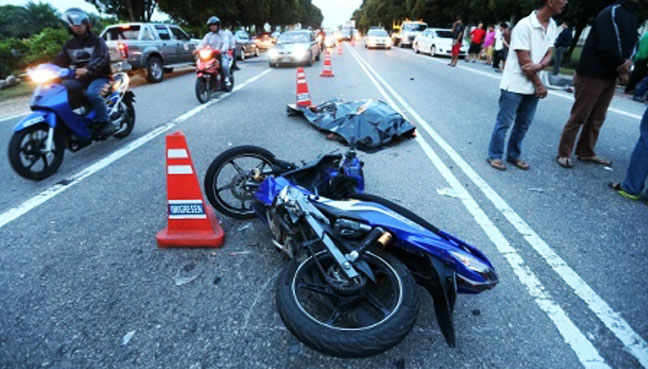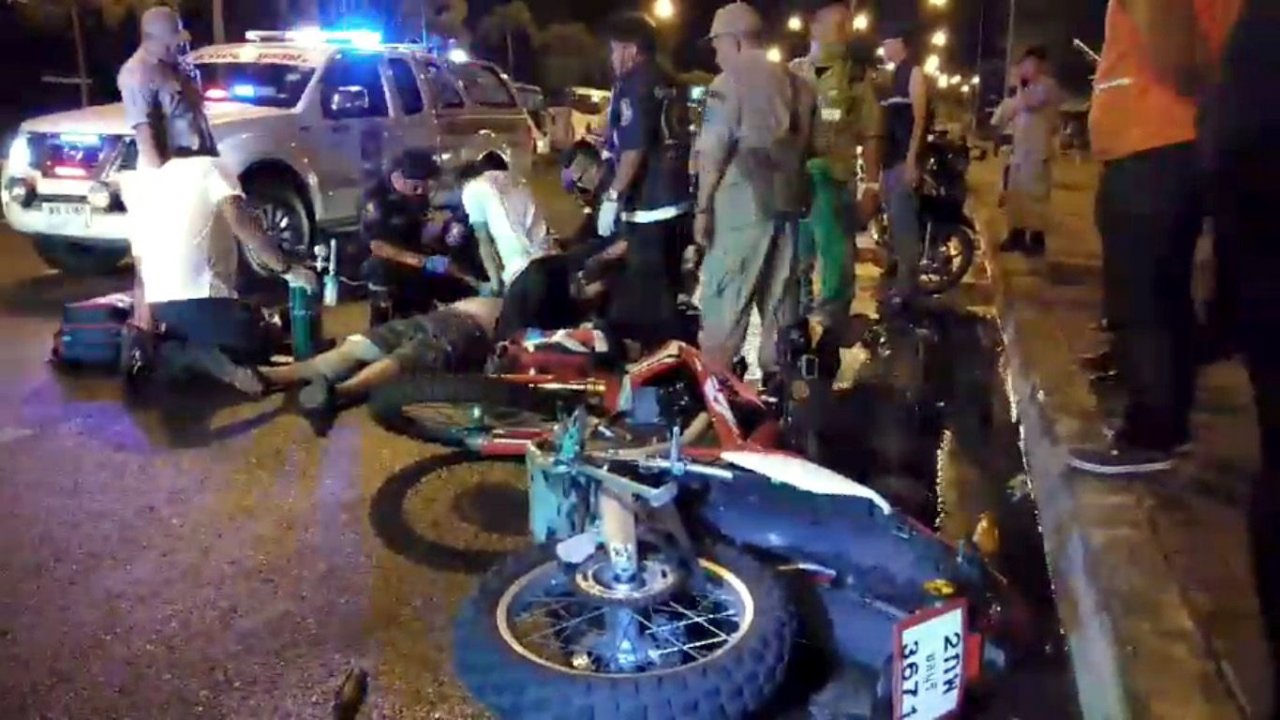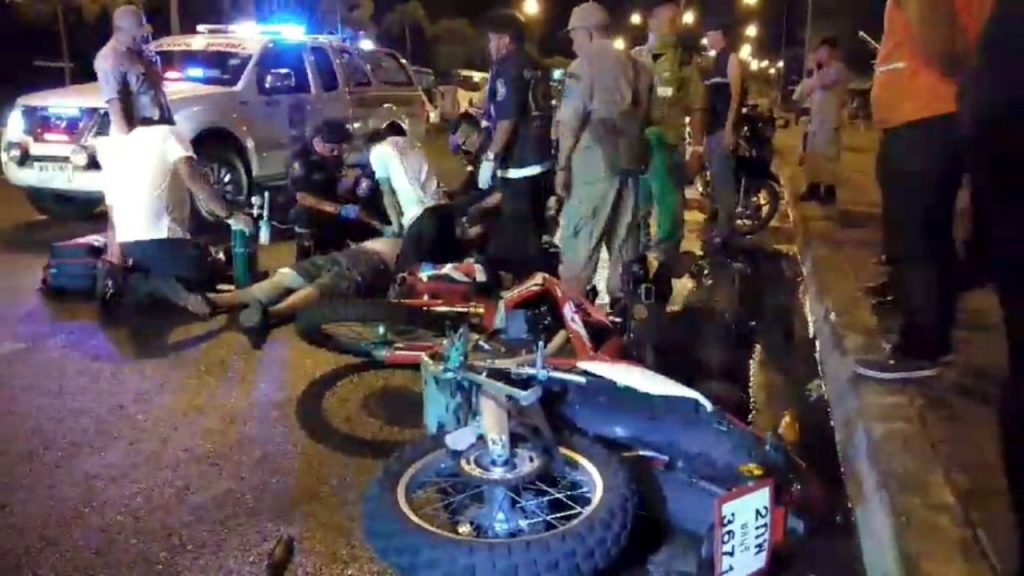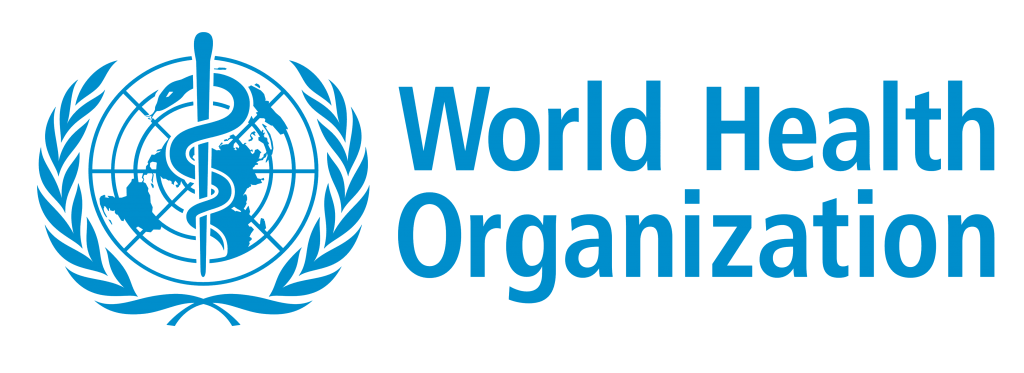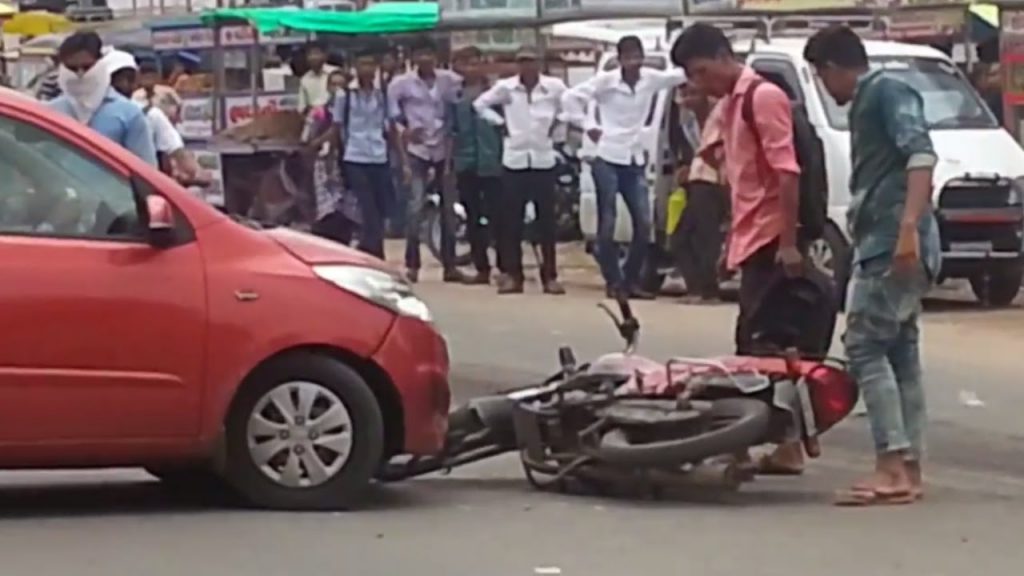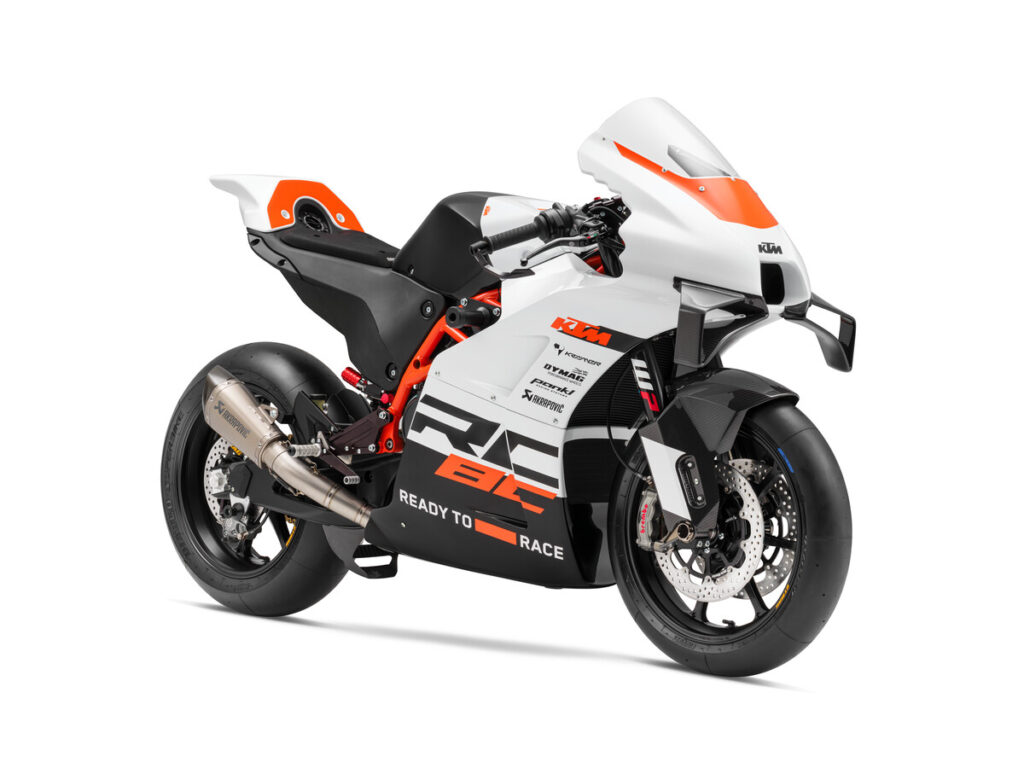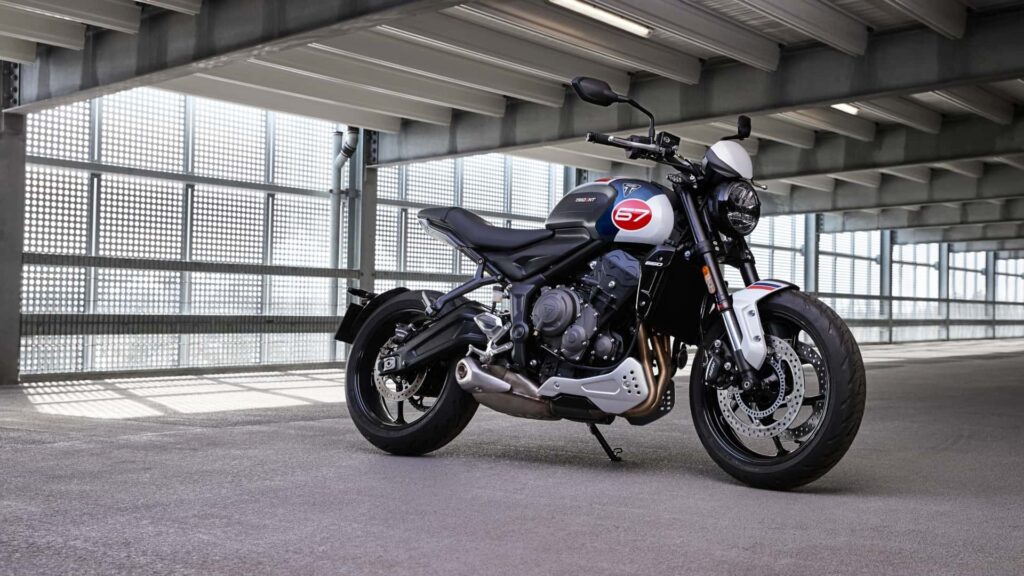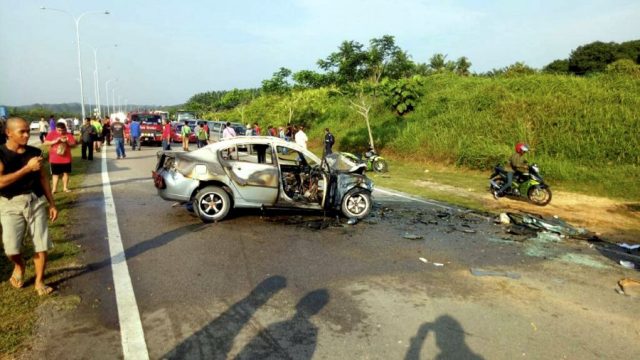
Kemalangan jalan raya sudah boleh dianggap sebagai kebiasaan di Malaysia. Manakan tidak, hampir setiap hari ada sahaja maklumat kemalangan yang akan dilaporkan media massa.
Setiap kemalangan ini terutamanya yang melibatkan nyawa akan memberi kesan mendalam terhadap ahli keluarga dan masyarakat sekeliling.
Bukan itu sahaja, kekerapan kemalangan maut jalan raya juga akan memberi kesan terhadap sistem kekeluargaan tatkala rata-rata mereka yang maut berusia sekitar 15 hingga 44 tahun – peringkat umur yang menjadi penyumbang kepada keluarga.
Antara faktor utama yang membawa kepada kemalangan jalan raya adalah , pembangunan tak terkawal, piawaian keselamatan yang rendah, pemandu cuai dan keletihan, pengaruh dadah dan alkohol, memandu melebihi had dan kegagalan memakai tali pinggang keledar.
Jadi tidak hairanlah Malaysia muncul sebagai negara ketiga di Asia yang merekodkan paling banyak kemalangan maut jalan raya – dibelakang Thailand dan Vietnam – menurut laporan Global Status Report on Road Safety 2018 yang diterbitkan World Health Organization (WHO) dan Bank Dunia, Disember lalu.
Laporan tersebut memetik sebanyak 7,152 kemalangan maut berlaku pada 2016, dengan 87 peratus mangsa adalah lelaki sementara 13 peratus adalah wanita.
Berikut jumlah kenderaan yang terdapat di Malaysia:
Jumlah kenderaan berdaftar di Malaysia: 27,613,120
Kereta dan kenderaan roda empat: 13,123,638
Motosikal dan kenderaan roda tiga: 12,677,041
Lori dan trak: 1,191,310
Bus: 59,977
Kenderaan lain: 561,154
Berdasarkan statistik di atas, hanya 91 peratus penunggang motosikal memakai topi keledar sementara pembonceng hanya 87 peratus.
Sementara itu, hanya 74 peratus pemandu memakai tali pinggang keledar dan hanya 10 peratus penumpang yang memakai.
WHO turut melaporkan daripada setiap kemalangan maut yang berlaku, lebih 15 individu yang akan mengalami kecederaan serius dan 70 lagi kecederaan ringan.
Selain itu, lebih daripada separuh jumlah kemalangan maut di Malaysia melibatkan penunggang/pembonceng motosikal.
Kajian mendapati lebih 89 peratus mangsa kemalangan motosikal adalah penunggang berusia sekitar 16 hingga 20 tahun dengan hanya 75 peratus penunggang memakai tali pinggang keledar.
WHO turut menegaskan bahawa setiap pengguna jalan raya perlu faham bahawa kelajuan membunuh.
Setiap 1 peratus kenaikan kelajuan akan meningkatkan 4 peratus risiko untuk berlakunya kemalangan.


